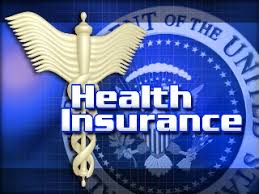Using a medical support pantyhose for varicose veins
Varicose veins have been a long-standing problem for women across all body types. Though an opaque pantyhose can hide this leg problem, varicose veins are much more than just unsightly blemishes.
Varicose veins may occur in people who have vascular or circulatory problems that are either genetic or congenital in nature. Varicose veins may also appear in people who have acquired vascular problems through time and even through pregnancy. People in jobs that require them to stand up for long periods of time are often the most susceptible to develop varicose veins. Varicose veins develop when blood flow towards the heart has been impeded by blockages and gravity. Blood is being pulled downward, towards the ankles. Often, varicose veins may just be unsightly problems, but in extreme cases may cause pain, discomfort, and even skin ulcers around the areas of the swollen veins.
Benefits of wearing a medical support pantyhose
Doctors prescribe supports stocking and hosiery to people afflicted with varicose veins caused by congenital vascular diseases such as thrombophlebitis to help lessen the pain and improve circulation.
A medical support pantyhose works through compression that improves blood circulation in the legs. Most medical support pantyhose are tight around the ankle areas, same with areas that blood pools down to. By ensuring that there is a tight fit in the ankle area, blood is stimulated to flow upwards in the right direction. Blood flow is further regulated as the fit or compression decreases as it goes up to the whole leg of the hose.
Wearing medical support pantyhose is not only beneficial for older women who have developed varicose veins and circulatory problems, but also for pregnant women. Due to the added weight of the baby, most pregnant women develop swollen lower limbs as blood also pools downwards. A medical support pantyhose not only aids in regulating the blood circulation in the legs. The added control top found in most maternity pantyhose also help lift up the tummy portion.
Sources:
Shop National
MayoClinic
LEGLUXE
MayoClinic
Medline Plus



